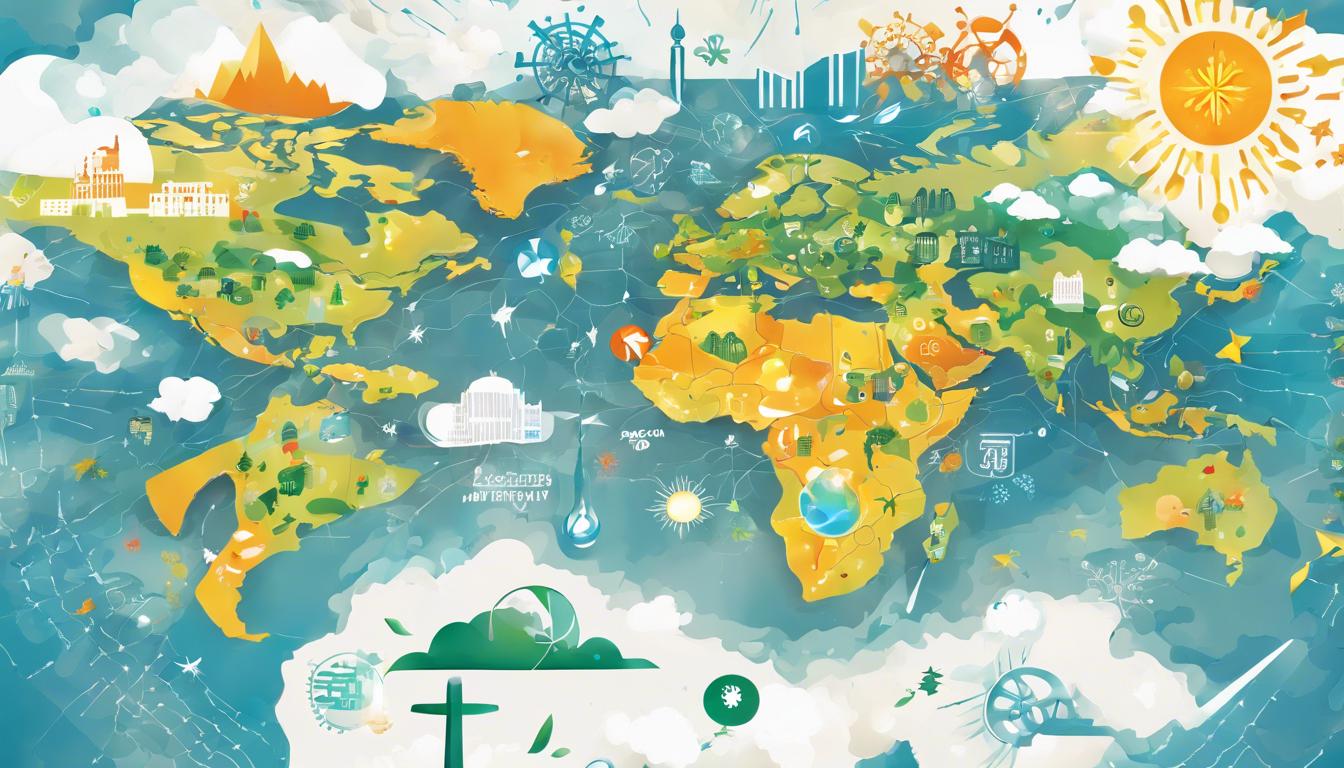Countries worldwide are grappling with extreme weather conditions, from heatwaves in Mexico to severe flooding in China, amid ongoing climate challenges. Authorities are implementing urgent measures to mitigate the impacts and bolster resilience against future threats.
Mexico is currently facing its season’s first heatwave, with temperatures reaching between 35°C and 45°C due to anticyclonic weather patterns. However, a southward-moving cold front is expected to alleviate the situation by bringing cooler, wet conditions. Simultaneously, anticipated heavy rain and thunderstorms in Mexico’s south-eastern regions could trigger lightning, hail, and tornadoes. In north-east Mexico, risks of strong winds, flooding, and landslides are heightened ahead of this cold front.
Southern China is experiencing severe rainfall that has escalated flood risks, making it one of the worst incidents in 50 years. The Chinese government has issued flood warnings and is currently assessing the resultant damages.
In Europe, temperatures are set to drop below average in countries like Germany, Italy, France, and the Baltic states, though a predicted rebound to normal or slightly above-average temperatures is expected by the weekend.
In Pakistan, specifically in the Khyber Pakhtunkhwa province, a flood alert has been issued due to glacial melt, with authorities urging evacuations to safer areas. The region has recently witnessed 46 rain-related fatalities, including 25 children, and extensive damage to housing and educational facilities. Southwest in Baluchistan, a similar crisis is unfolding with local authorities signaling a need for central government aid amid persistent rains.
Throughout 2023, Europe faced various extreme weather events, including heatwaves, droughts, and flooding, as highlighted by the EU’s Copernicus Climate Change Service. These events led to substantial economic losses and increased heat-related fatalities. The same year recorded unprecedented oceanic and glacial conditions around the UK and Ireland, and in the Alps. Amid these environmental changes, renewable energy sources have provided 43% of Europe’s electricity, indicating a move towards more sustainable energy solutions.
A recent study warns that London is at risk from escalating climate-related issues including more frequent heatwaves in the next ten years and potential water shortages in the next two decades. In 30 years, increased flooding could significantly challenge city infrastructure. Over the next century, extreme weather may provoke substantial socio-political shifts due to forced migrations and changes in geopolitical dynamics, highlighting the urgency for effective climate resilience strategies in the capital.













